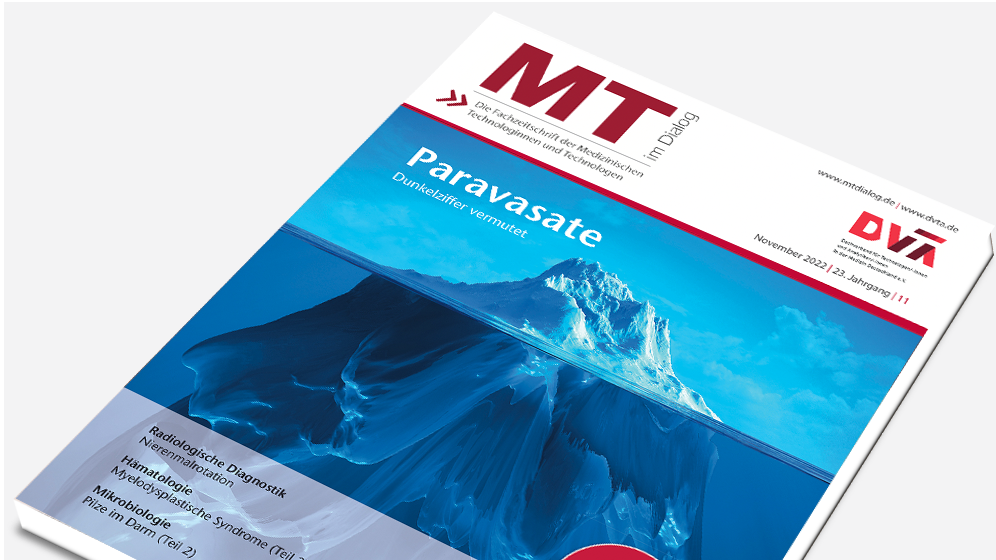A short introduction to Peripheral Arterial Disease (PAD)
It typically causes pain when walking and due to its frequent connection with smoking, it is also commonly referred to as „smoker‘s leg“ or „shop window disease“. Sufferers have to repeatedly stop, e. g. in front of shop windows, until the pain has subsided.
What are the most important symptoms?
Depending on the severity of the PAD, it is usually divided into four stages.
Severity classification according to Fontaine
Stage I
No Symptoms
Stage II
Claudicatio intermittens
IIa Walking distance > 150 m
IIb Walking distance < 150 m
Stage III
Resting pain
Stage IV
Manifest tissue damage
In stage I, patients do not (yet) show symptoms, but if the disease progresses and the vessels become more narrowed, the following symptoms may appear:
Pain, when walking (also called “intermittent …
Dann nutzen Sie jetzt unser Probe-Abonnement mit 3 Ausgaben zum Kennenlernpreis von € 19,90.
Jetzt Abonnent werden

